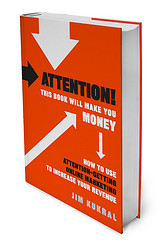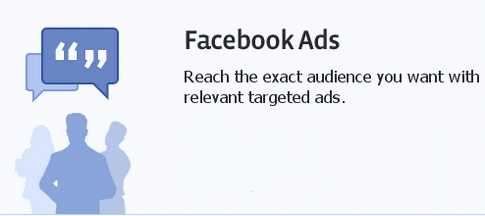Expert: Dana Lynn Smith
There’s no doubt that ebooks are hot. Although Amazon’s Kindle ebook reader is the most popular ebook reading device, many readers also enjoy books on Apple devices. Here are five ways of publishing a book for the iPad, iPhone, and iPod Touch.
1. Publish to the Amazon Kindle store.
It may seem strange to talk about Kindle in a discussion on publishing a book for iPad and other Apple devices, but Amazon offers a free Kindle reading app for iPad and for iPhone and iPod Touch. The apps allow readers to purchase and read Kindle books on these Apple devices.
The Los Angeles Times reported that 31 percent of iPad owners consume ebooks using the Kindle app rather than Apple’s own iBooks app, so having your ebook in the Kindle store certainly makes it available to iPad users. Among avid readers who go through 25 books or more a year, 44 percent prefer using the Kindle app on the iPad. And according to a study by JPMorgan, 40 percent of iPad owners also own a Kindle.
To learn more about publishing ebooks for the Amazon Kindle store, read April Hamilton’s free guide. Go to http://indieauthorguide.com/?page_id=24 and click on “Indie Author Guide To Kindle Publishing.”
2. Use an ebook publishing service.
Another way of publishing a book for iPad is to use an ebook publishing service that will
get your book listed in the ebookstores for Apple, Barnes & Noble, Sony and more. My favorite ebook publishing service is Smashwords. There’s no upfront cost and you receive a hefty percentage of the sales price as a royalty. Get general information on Smashwords here and learn more about publishing a book for iPad on this page. Be sure to download and read the Smashwords Style Guide.
Note that both Apple and Sony require ebooks listed in their stores to have a unique ISBN (different from the print version of the book). Smashwords can provide a free or low cost ISBN, or you can buy ISBNs from your country’s ISBN registrar (Bowker in the United States) .
Smashwords works well for novels and other books that are made up of plain text with some subheads. If your book needs special formatting, you may need to hire an ebook formatting service and publish directly to the various ebookstores.
3. Publish an ebook directly to Apple’s iBookstore.
You can publish an ebook directly to the Apple store, but it’s not the easiest option. You must use a Mac computer with QuickTime 7.0.3 or later, be able to upload the book in epub format, and have a U.S. tax ID number. See this article for more information.
Owners of Apple devices can download the free iBooks app to purchase ebooks from the Apple iBookstore and read them on an iPad, iPhone or iPod Touch.
4. Let your publisher handle it.
If you are working with a subsidy publisher, they may be able to publish your book for iPad, Kindle and other devices. Some publishers include this service in a package, while others charge a separate fee. Ideally, you want the ebookstore accounts set up directly in your name so that you are receiving the full royalties.
If you have a traditional publisher, they are probably already creating and selling ebook versions of your books, if they own the digital rights to the book.
5. Publish an audio version of your book through iTunes.
Another way to make your book available to Apple device enthusiasts is to publish an audio version of your book and make it available on the iTunes store. Books distributed this way are usually serialized – each chapter is offered as a separate file.
Some authors offer serial audio editions or excerpts at no charge, to generate interest in their work. This can lead to sales of the printed version or other books by the author. If you want to set up your audio files as a podcast and post it on iTunes, see this iTunes tutorial from Carsten Cumbrowski.
An easier method is to publish your audio book through Podiobooks.com, which will make it available on Podiobooks and iTunes. Podiobooks lists audio books at no charge but requests donations. It’s not clear whether their audio books are listed as free or paid on iTunes.
Spoken-word audio files can also be distributed to iTunes (and to the Amazon MP3 store) through music distribution sites such as RouteNote, CDBaby or Tunecore. Remember that royalties paid by these services are based on a percentage of the net profit, after iTunes takes their cut.
To learn more about how to produce and sell your own audio book, check out the new how-to book and classes from AudioLark.
If you enjoy listening to audio books on your iPod, here is a helpful FAQ. This article explains how to organize audio book files for playing on your iPod.
Drawing on her 16 years of publishing experience and degree in marketing, Dana Lynn Smith helps authors learn how to promote their books through her how-to guides, one-on-one coaching, blog, and newsletter. For more tips, follow @BookMarketer on Twitter and also get a free copy of her latest ebook, Savvy Book Marketing Secrets: 52 Experts Share Insider Tips for Selling More Books.




